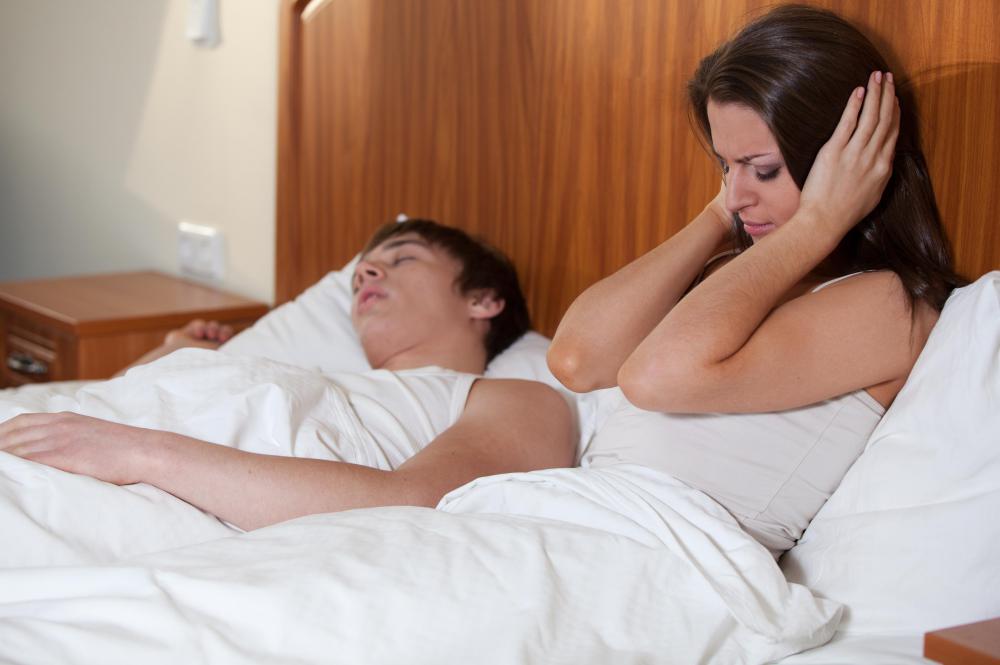At WiseGEEK, we're committed to delivering accurate, trustworthy information. Our expert-authored content is rigorously fact-checked and sourced from credible authorities. Discover how we uphold the highest standards in providing you with reliable knowledge.
What is a Sleep Apnea Monitor?
A sleep apnea monitor is a device designed to identify episodes of apnea, where a person stops breathing during sleep. Medical equipment for monitoring and measuring apnea is used in settings like sleep clinics where people go for diagnosis and treatment of sleep disorders. Monitors are also available as home apnea accessories and can be used in the diagnosis and management of apnea. These devices are made by numerous medical supply companies and there are a number of models, along with a range of available features and accessories.
Sleep apnea often goes unidentified until someone happens to notice that a person appears to stop breathing while sleeping. Apnea episodes are short and can occur many times throughout the night. People with sleep apnea can experience daytime sleepiness and a variety of other medical problems. One of the ways a sleep apnea monitor is used is in the monitoring of a patient suspected of having sleep apnea, allowing a doctor to identify episodes and gather information about their duration.

In a sleep clinic, monitors are worn and a patient is observed while sleeping. Some people have trouble sleeping well in a sleep clinic because it is an unfamiliar environment and the monitoring equipment is uncomfortable. As an alternative, a patient may be sent home with a sleep apnea monitor. When the monitor is returned the next day, the data it records can be examined by a doctor.

For the management of apnea, some physicians may recommend that patients wear a sleep apnea monitor. The monitor will provide feedback on how well a treatment program is working. In addition, it can alert patients and doctors to the development of additional symptoms or worsening apnea episodes. The monitor may be used to determine if a patient should consider surgery or more aggressive treatments for apnea.

A common way to monitor for apnea is pulse oximetry, where a device is clipped to a patient's finger to measure oxygen levels in the blood. If the oxygen level drops, the patient may be having an episode of apnea. Another type of sleep apnea monitor is a device attached to a continuous positive airway pressure (CPAP) machine to record the patient's respiration during the night. Nasal pressure monitors can be used in a similar way. The reliability of such devices varies, and generally, more reliable devices are more costly. Patients may be able to access high quality equipment by renting, providing more options than would be available if they were buying sleep apnea accessories outright.
AS FEATURED ON:
AS FEATURED ON:














Discuss this Article
Post your comments